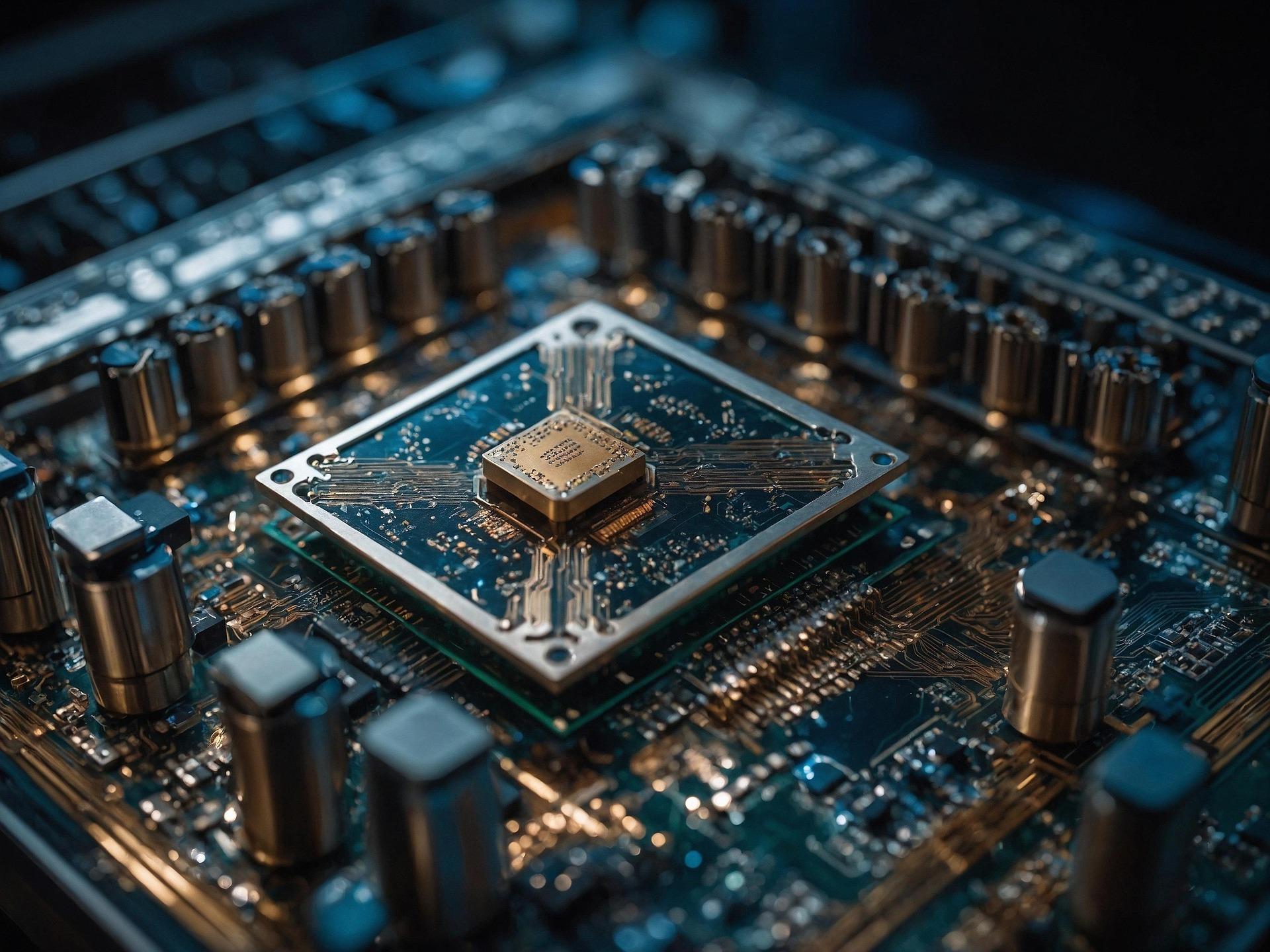
In a historic move towards technological self-reliance, India has taken a significant step to reduce its dependence on foreign nations in the critical area of chip manufacturing. Two major Indian entities—Bharat Electronics Limited (BEL) and Tata Electronics—have come together to forge a powerful alliance that could reshape the country's electronics and semiconductor landscape.
A Strategic MoU for a Self-Reliant Future
On June 5, 2025, at the Tata Group headquarters in Mumbai, BEL Chairman Manoj Jain and Tata Electronics CEO Dr. Randhir Thakur signed a Memorandum of Understanding (MoU) that holds tremendous promise for India’s future. The core objective of this agreement is to promote indigenous technology in the fields of semiconductors, design, manufacturing, and testing.
This collaboration will empower India to produce complex semiconductor solutions such as microcontrollers, System on Chips (SoCs), and Monolithic Microwave Integrated Circuits (MMICs), which were previously sourced from foreign suppliers. These advanced chips are critical components in defense systems, smart devices, and high-tech electronic products.
Why This Deal Matters
This deal is particularly significant because it brings together two entities from vastly different but complementary domains. BEL is a state-owned defense electronics company that manufactures essential equipment for the Indian armed forces. Tata Electronics, on the other hand, is a greenfield venture under the Tata Group that is relatively new but highly ambitious in the semiconductor space.
Their partnership signifies a shift in India’s tech strategy—from being just a consumer of high-end technology to becoming a producer. With this deal, India is aiming to position itself as a formidable player in the global semiconductor industry, even challenging dominant players like China in the long run.
BEL’s stock continues to trade above all major moving averages, with a strong Relative Strength Index (RSI) of 76.14, placing it in the overbought zone. From a valuation standpoint, BEL’s price-to-earnings (P/E) ratio stands at 57.54, price-to-book (P/B) value at 16.42, and earnings per share (EPS) at ₹6.79. Its return on equity (ROE) is an impressive 28.55%, and the stock’s one-year beta is 1.3, indicating high price volatility. As of March 2025, promoter holding in the company stands at 51.14%.
A Game-Changer for India's Tech Ecosystem
This isn’t just another business partnership. It is being hailed as the beginning of a new era in India's technological independence. The BEL-Tata deal is expected to create massive opportunities for employment and innovation. By focusing on developing indigenous technologies, this collaboration is poised to boost the domestic electronics ecosystem and inspire confidence in India’s capabilities on the global tech stage.
India is no longer content with merely importing chips and semiconductors. With this bold step, the country is setting the stage to manufacture its own chips, build its own tech identity, and lead the way in the rapidly evolving global semiconductor market.
Disclaimer:
This article is for informational purposes only and should not be considered financial or investment advice. Readers are advised to do their own research or consult a professional advisor before making any financial decisions.




